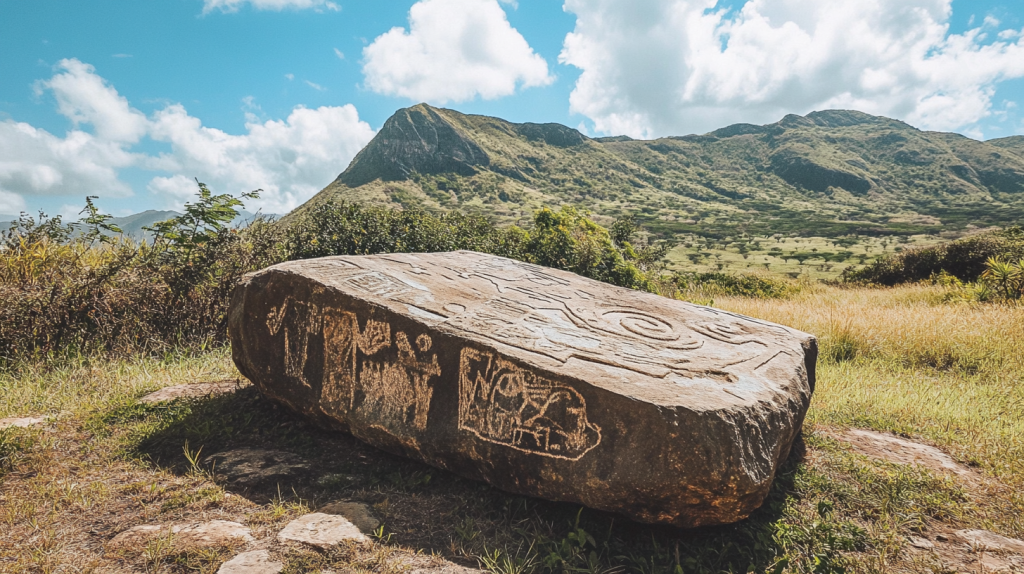There’s something truly magical about standing in front of a petroglyph, knowing that you’re looking at art created thousands of years ago. These ancient rock carvings provide a window into the lives and beliefs of early humans, capturing moments of history in stone. If you’re like me and have a fascination with these prehistoric artworks, there are plenty of places around the world where you can see them up close. From hidden desert caves to towering cliff faces, here are 15 places where you can experience the wonder of petroglyphs in person.
1. Valley of Fire, Nevada, USA

Just an hour from Las Vegas, the Valley of Fire is a stunning red sandstone park that’s home to petroglyphs dating back over 2,000 years. As you hike through the park, you’ll see intricate carvings of animals, human figures, and abstract symbols etched into the rock. The Atlatl Rock is a particularly popular spot to view these ancient artworks.
2. Alta, Norway
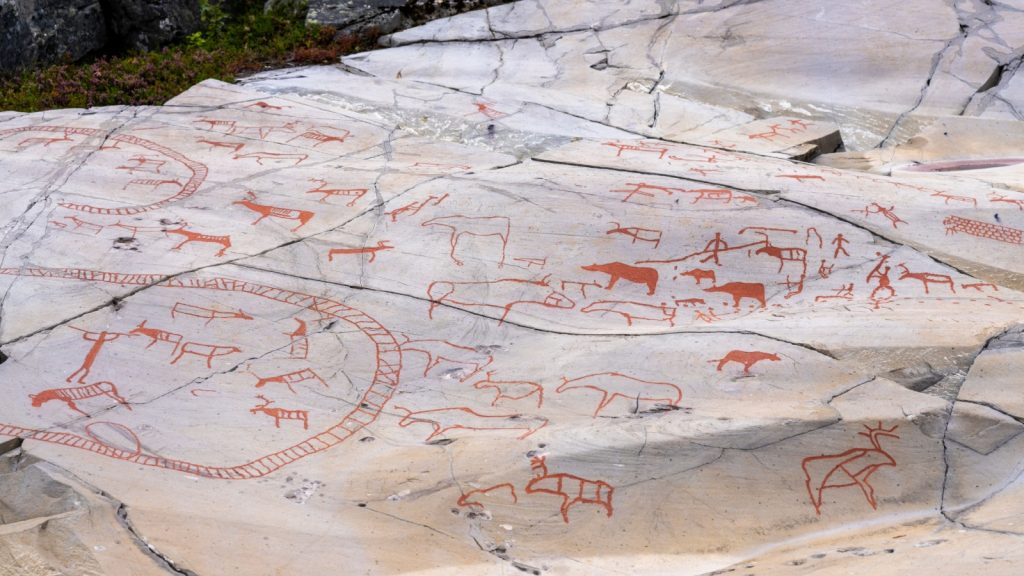
Up in the Arctic Circle, you’ll find the Alta petroglyphs, a UNESCO World Heritage site with carvings that date back as far as 7,000 years. These petroglyphs depict scenes of hunting, fishing, and religious rituals, giving us insight into the lives of Norway’s early inhabitants. The site is especially impressive because of its vast number of carvings—there are over 6,000!
3. Gobustan, Azerbaijan
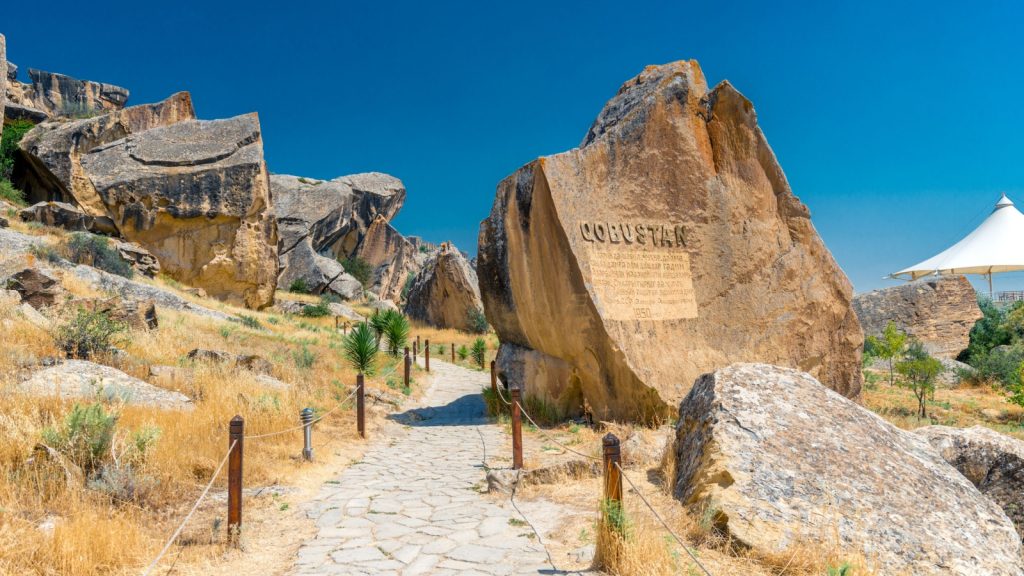
Gobustan National Park is one of the most remarkable petroglyph sites in the world. Located just outside of Baku, Azerbaijan, it boasts over 6,000 rock carvings that span 40,000 years of history. The petroglyphs here include images of animals, dances, and even celestial bodies, showing the early cultural and spiritual life of the region.
4. Twyfelfontein, Namibia
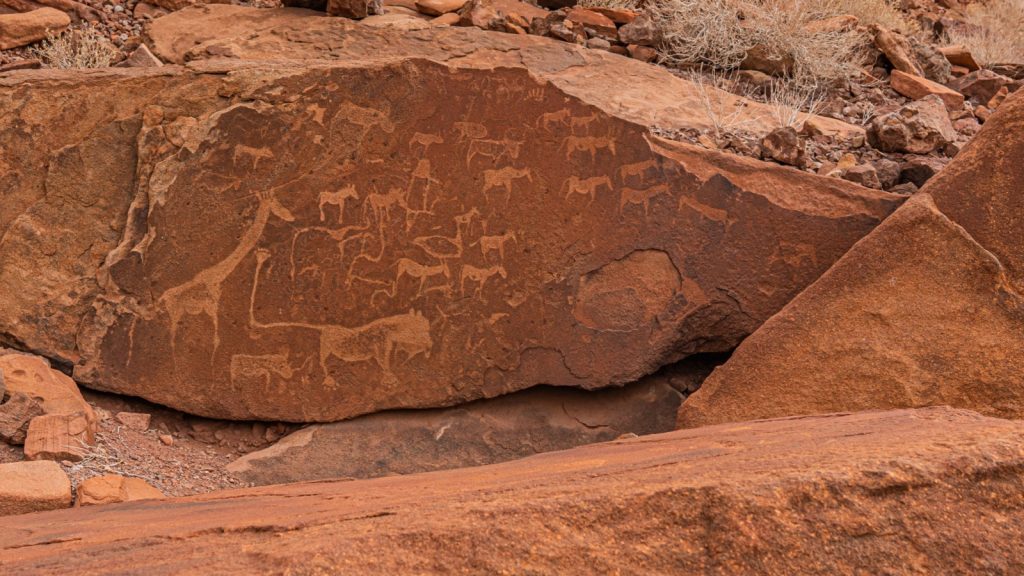
Twyfelfontein in Namibia is one of Africa’s richest rock art sites, with over 2,500 petroglyphs. This UNESCO World Heritage site features carvings of animals, such as lions and giraffes, as well as geometric patterns. The San people are believed to have created these images over 6,000 years ago, and they provide an invaluable look into the area’s ancient cultures.
5. Bhimbetka, India
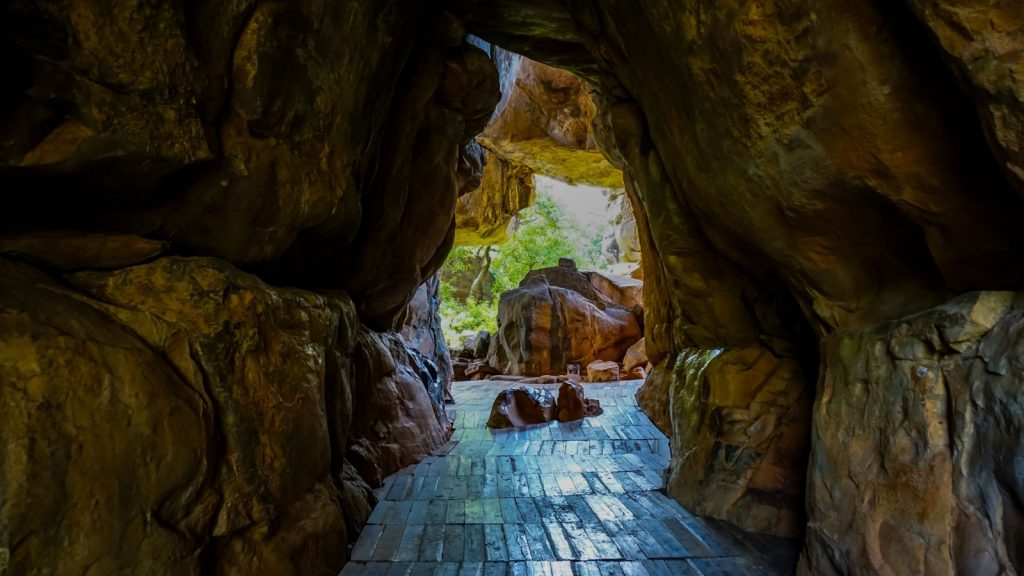
The rock shelters of Bhimbetka, in central India, are home to some of the earliest examples of human art. These petroglyphs, many of which are more than 10,000 years old, depict animals, human figures, and geometric shapes. The site contains over 700 rock shelters and caves, and the carvings offer a glimpse into the lives of prehistoric humans in the Indian subcontinent.
6. Cueva de las Manos, Argentina
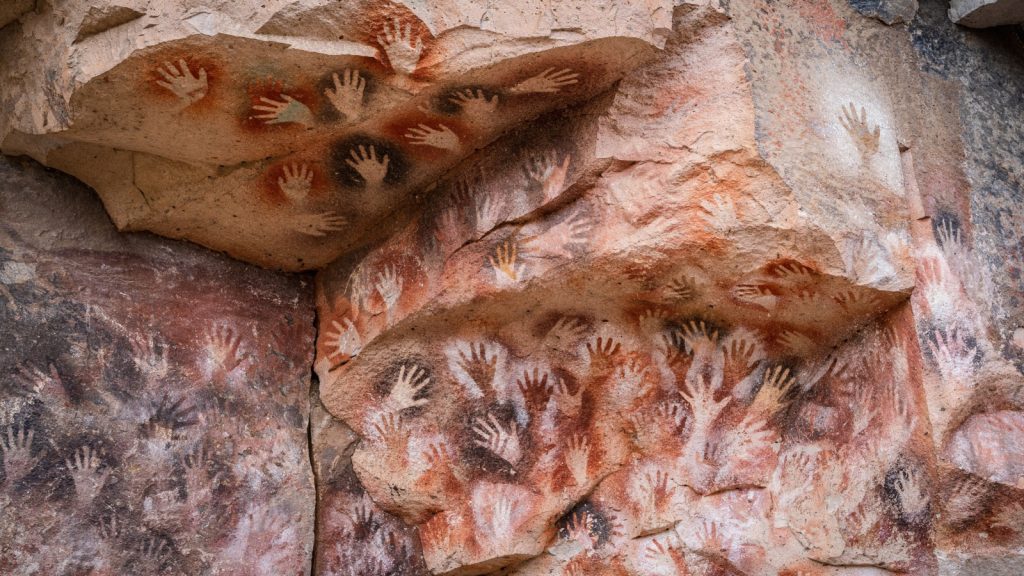
Cueva de las Manos, or “Cave of the Hands,” is one of South America’s most iconic petroglyph sites. Located in Patagonia, this cave is famous for its stenciled handprints, which date back around 9,000 years. The handprints, alongside images of hunting scenes and animals, make this a fascinating glimpse into the lives of early hunter-gatherers in Argentina.
7. Foz Côa, Portugal
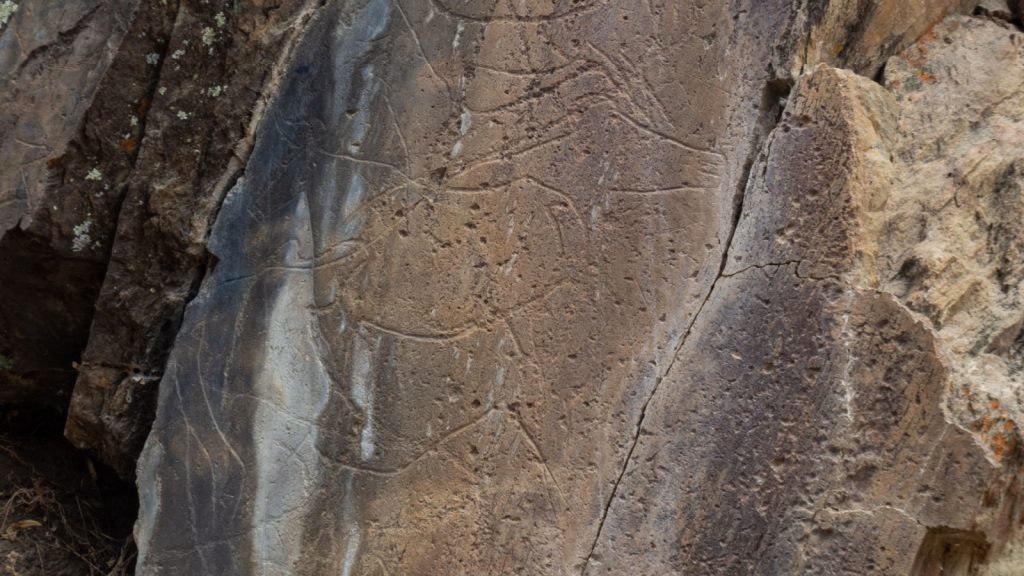
The Foz Côa valley in Portugal contains Europe’s largest collection of open-air Paleolithic art. These carvings, which date back over 20,000 years, include depictions of animals such as horses, deer, and fish. The site stretches along the Côa River and is a testament to the artistic skills of Europe’s ancient inhabitants.
8. Newspaper Rock, Utah, USA
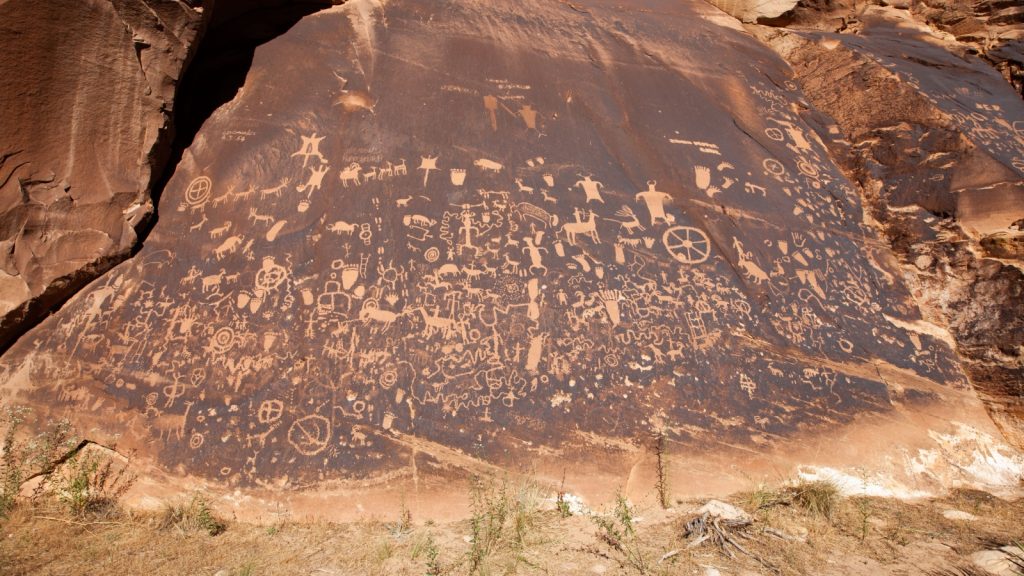
Newspaper Rock is a massive sandstone wall in Utah covered with hundreds of petroglyphs. The carvings here span over 2,000 years and feature everything from animals to abstract symbols. It’s believed that various Native American cultures, including the Ancestral Puebloans, added their marks to this “news bulletin” over time.
9. Tamgaly, Kazakhstan
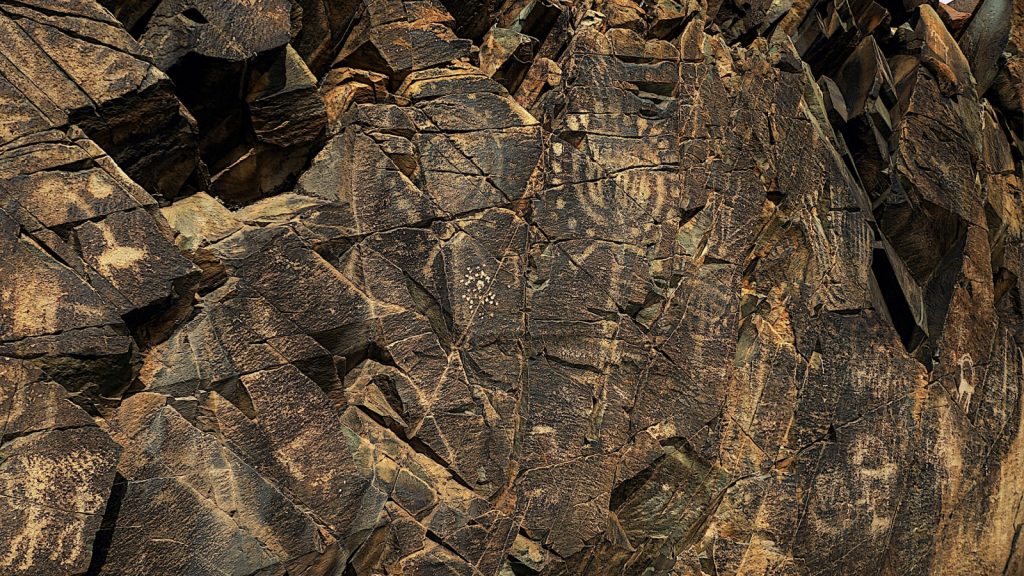
In the remote steppe of Kazakhstan, the petroglyphs at Tamgaly stand as a striking testament to ancient nomadic cultures. There are around 5,000 carvings here, some of which date back as far as the Bronze Age. The site includes depictions of sun-headed figures, hunting scenes, and shamanic rituals, offering a fascinating glimpse into Central Asia’s early history.
10. Tanum, Sweden
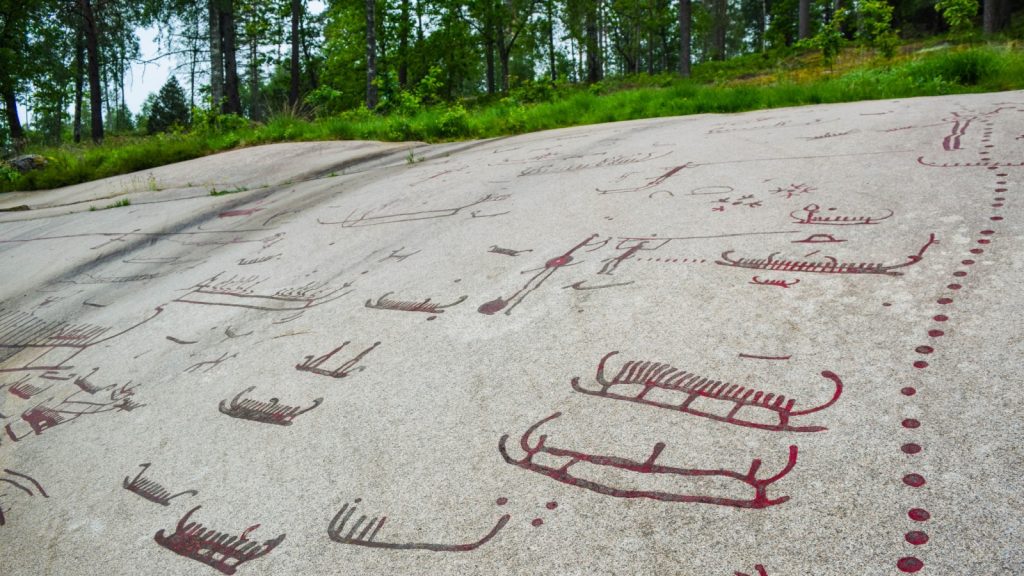
Tanum in Sweden is home to a collection of petroglyphs that date back to the Bronze Age. These carvings depict ships, warriors, animals, and everyday life scenes. As a UNESCO World Heritage site, Tanum offers an impressive look into Scandinavia’s prehistoric past, with thousands of carvings spread across several locations.
11. Wadi Rum, Jordan
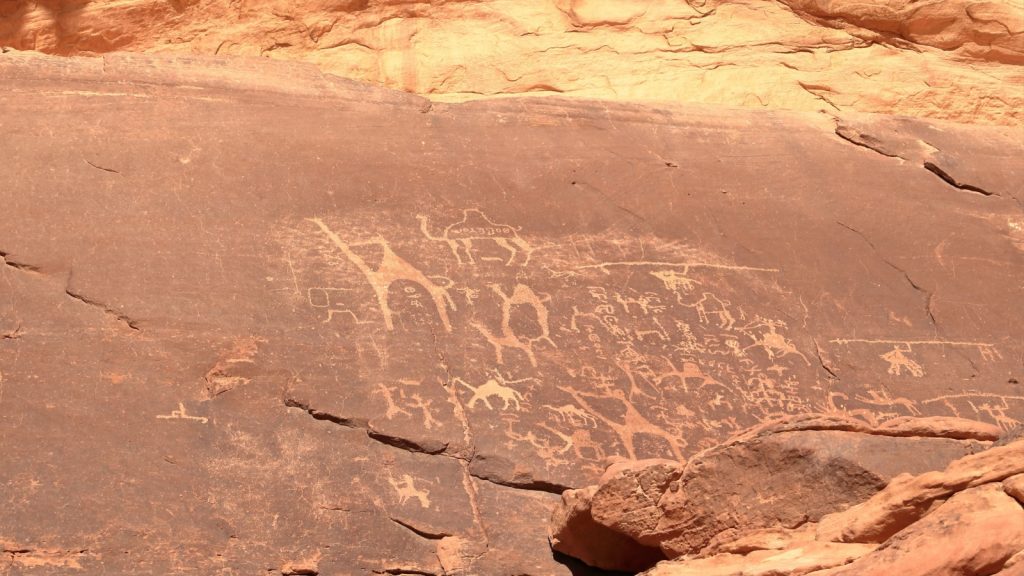
Wadi Rum, a stunning desert landscape in Jordan, is home to a series of ancient petroglyphs that date back over 12,000 years. These carvings, etched into the sandstone cliffs, depict animals such as camels, ibexes, and humans. This breathtaking location is often referred to as the “Valley of the Moon” and has served as a crossroads for various civilizations over the millennia.
12. Dampier Archipelago, Australia
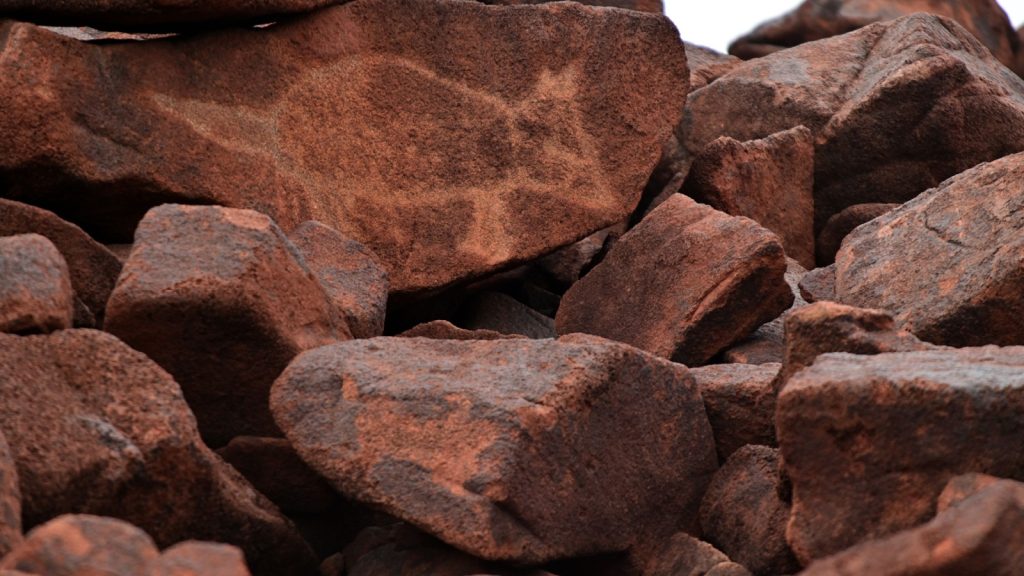
The Dampier Archipelago, off the coast of Western Australia, is home to one of the world’s largest collections of petroglyphs, with over a million carvings scattered across the islands. These carvings depict everything from marine life to extinct species like the thylacine (Tasmanian tiger). The site is of great cultural significance to the Aboriginal people who have lived in the area for tens of thousands of years.
13. Nine Mile Canyon, Utah, USA
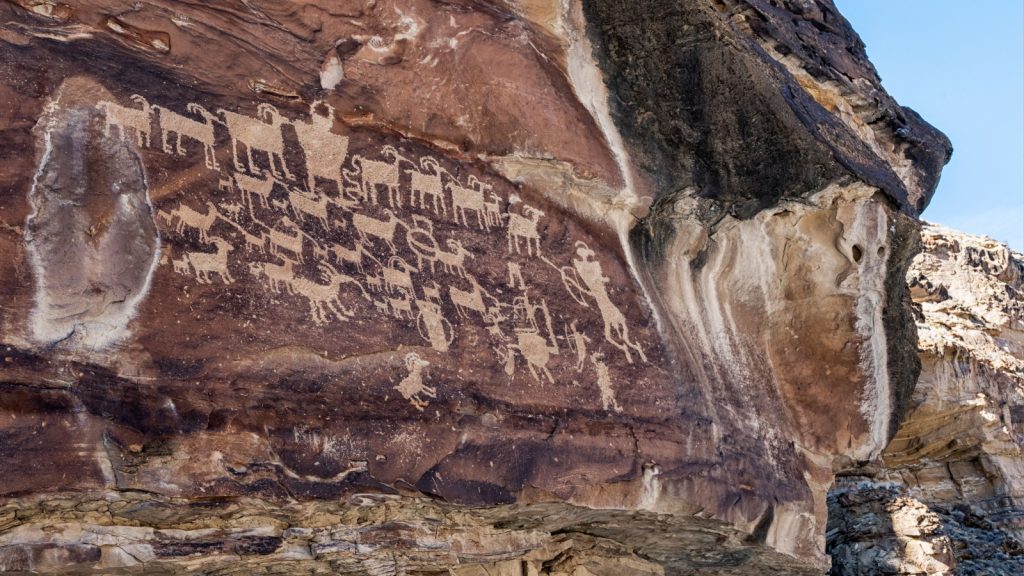
Known as the “world’s longest art gallery,” Nine Mile Canyon in Utah stretches for miles and is home to thousands of petroglyphs. The carvings here, some of which are over 1,000 years old, include depictions of bison, warriors, and intricate geometric patterns. The canyon is a must-see for anyone interested in Native American rock art.
14. Zaraut-Kamar, Uzbekistan
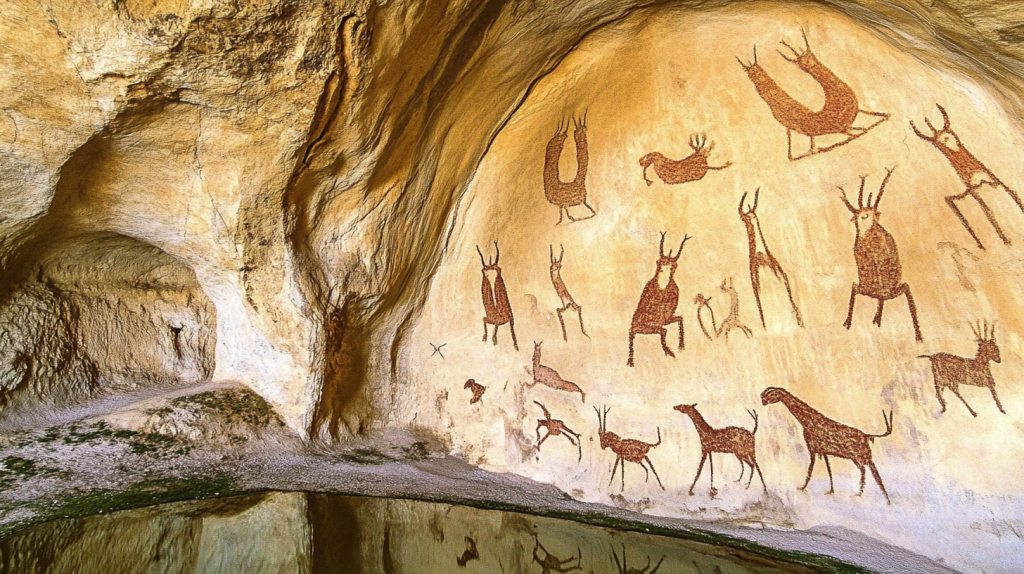
The Zaraut-Kamar cave in Uzbekistan features some of Central Asia’s most ancient petroglyphs, dating back to the Neolithic era. The carvings include representations of wild animals like ibexes and hunters, providing a glimpse into the daily life of the region’s early inhabitants.
15. Laas Geel, Somaliland
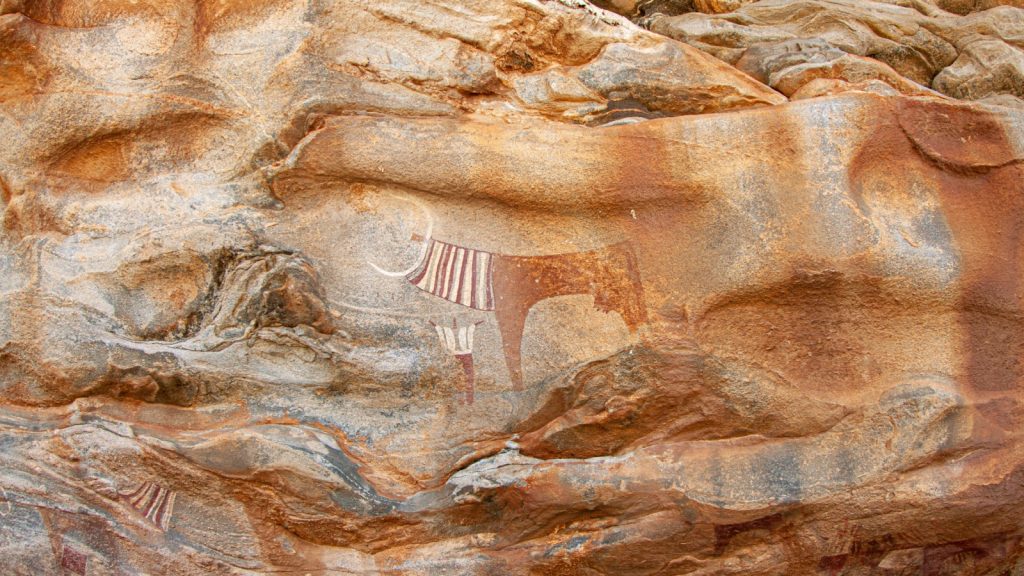
Laas Geel, located in Somaliland, is one of Africa’s most significant rock art sites, with paintings and carvings that date back around 5,000 years. The petroglyphs here feature animals, including cattle, and scenes of humans in ceremonial dress. The vivid colours and detail of the Laas Geel carvings make them particularly unique and breathtaking to behold.
18 Everyday Things Amish Women Aren’t Allowed to Do

The Amish culture is known for its simple way of life and adherence to traditional values. While this lifestyle may seem appealing to some, there are certain restrictions that Amish women face that most modern women do not. Take a look at these things that we take for granted that are off-limits to Amish women.
Read More: 18 Everyday Things Amish Women Aren’t Allowed to Do
Ellen has been obsessed with logic puzzles, jigsaws, and cryptograms since she was a kid. After learning she was taught how to play chess wrong by a family friend (so they could win), she joined her school chess club and the rest is history.
